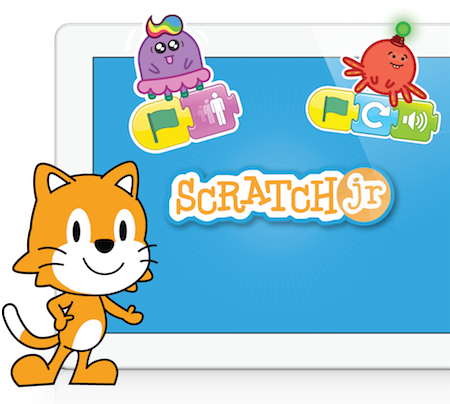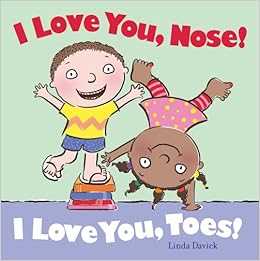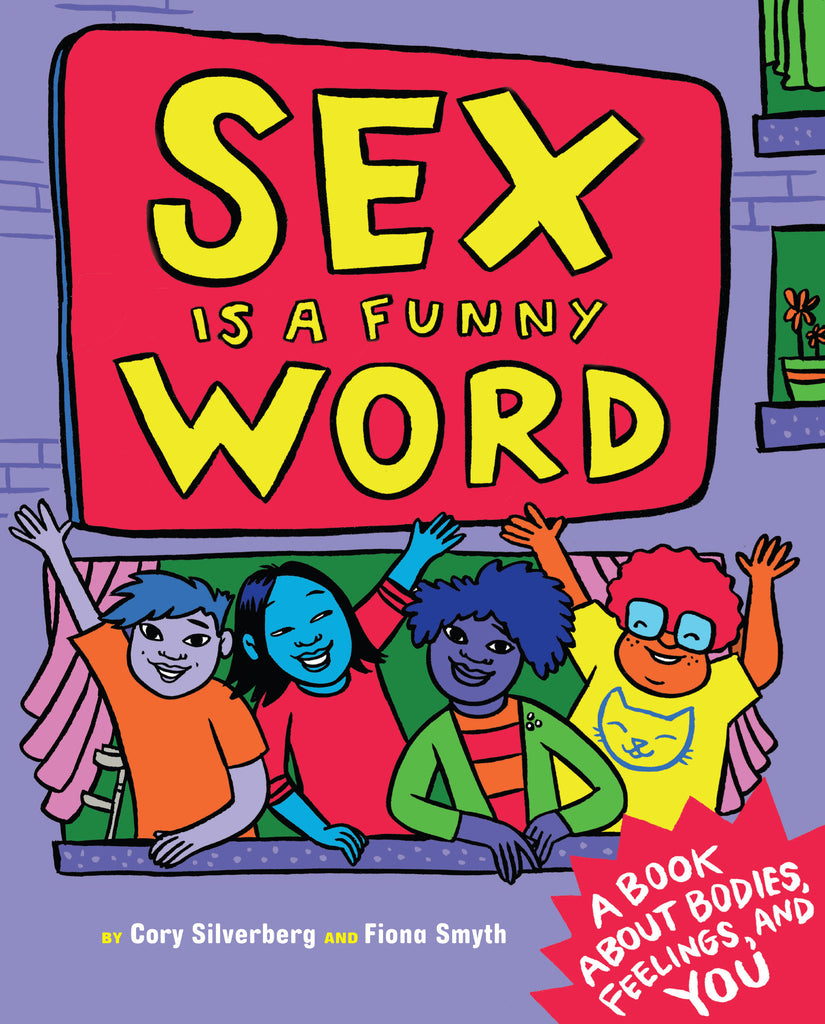 |
| Image courtesy of www.ReadingKingdom.com |
National Summer Learning Association reports: "A conservative estimate of lost instructional time is approximately two months or roughly 22 percent of the school year.... It's common for teachers to spend at least a month re-teaching material that students have forgotten over the summer. That month of re-teaching eliminates a month that could have been spent on teaching new information and skills."(www.rif.org)
So what can you do to make sure your children keep up with exercising their brains as well as their bodies? Here are tips to keep kids reading (and happy about it)!
1. Connect reading with an activity.
Reading about fish? Visit the aquarium! Reading a book in which someone has a garden? Plant some veggies or flowers together! Reading a chapter book? Grab two copies, read along side your child, and discuss!
2. Visit the library.
This might seem obvious, but a visit to the library is more than choosing books. Children are often amazed by choices and excited that the library offers everything for free! It is a place where everyone can feel comfortable looking and asking questions.
3. Teach by example.
Keep books and magazines around the house. Make sure your children see you reading and enjoying books. Studies show that children who grow up with books in the house are better readers than those who grow up in homes without access to books.
4. Relax the schedule.
It is ok and actually healthy for children to have free time during their day. Time to play, pretend, read, or experience boredom. Free time helps children problem-solve and use their imaginations. If books are around the house and there is free time, suggest reading, but try not to push it. Leave it open as a fun option.
5. Little incentives are ok, but in the long run children should read for the sake of reading.
If you have a reluctant reader on your hands, it is ok to offer small incentives, especially if the child has required reading for the summer. If your child reads one of their required books, they get a trip to the bookstore to choose any book they want. For every 20 minutes of reading, the child earns 10 minutes free time to choose an activity.
6. Remember,, children won't think reading is "boring" or "hard" if they have the right book.
Often, kids only dislike reading because they are not being guided towards books that are good for their reading level, interests, and needs. Summer is a perfect time to spend time talking to a librarian or bookstore staff about what is appropriate and will be enjoyable for your child.
7. Use the Five Finger Rule to judge a book.
HAPPY READING!







